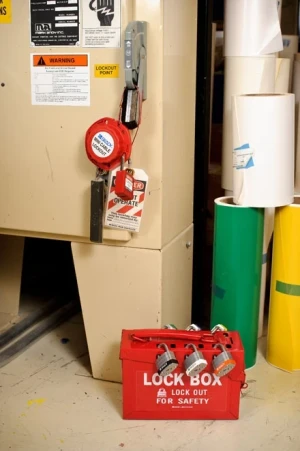
2024 CE Code Training - Better Understanding of the Rules
CE Code training is intended to do a lot more than instruct about what changes have taken place since the last time Canada issued a national electrical code. We are producing a series of courses across Canada by one of Canada’s leading experts on the 2024 Edition of Canada’s Electrical Code to help electrical professionals on the effective application through an improved understanding of the intent of the rules. Also, our course will instruct electrical...










